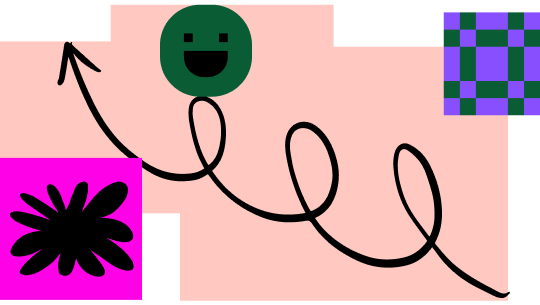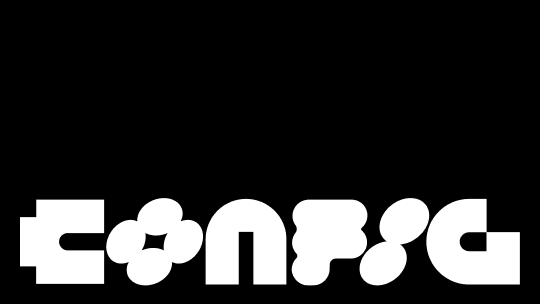How to run great daily stand-up meetings
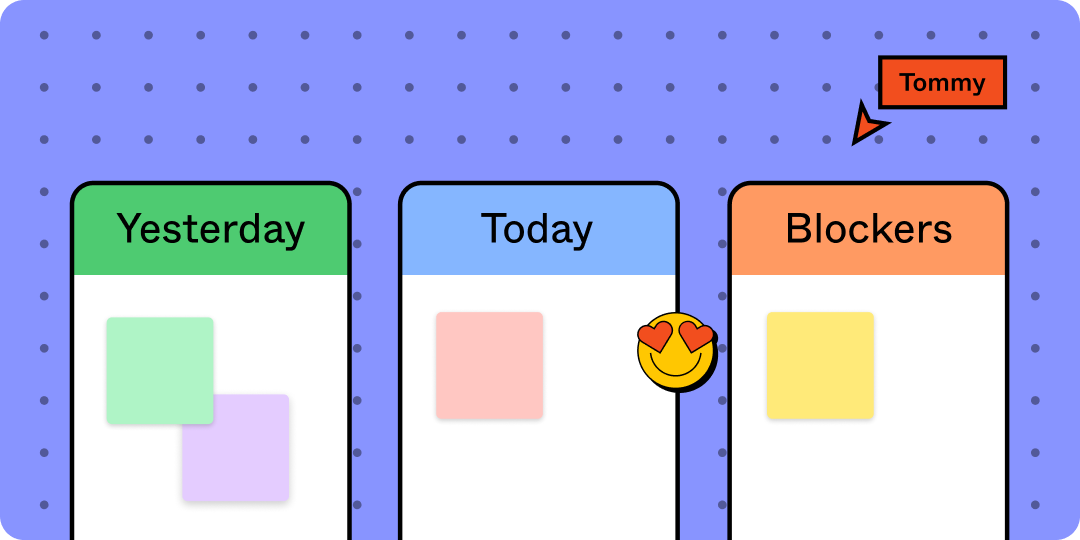
In a hybrid work world, the idea of a daily meeting may sound as appealing as a daily visit to the dentist. Some of your team may appreciate the time to connect — but how do you make sure everyone's on board, on task, and on track for a productive day ahead?
Running an effective and efficient standup meeting takes planning, time, and effort. But done well, stand-ups build transparency and project momentum. To help you decide if a daily stand-up is right for your team, this article covers stand-up goals, advantages, and pitfalls—plus a few tips to keep yours on track.
What is a stand-up?
Daily stand-ups (also called daily syncs, scrums, or huddles) are a fixture of agile methodology. They’re quick organizational meetings that occur each day, when team members give and receive status updates about the current team project.
Originally, the “stand-up” label was literal—with participants on their feet—to keep the meeting short and sweet. Remote work transformed the practice into more of a daily “sit-down,” but its original intention remains.
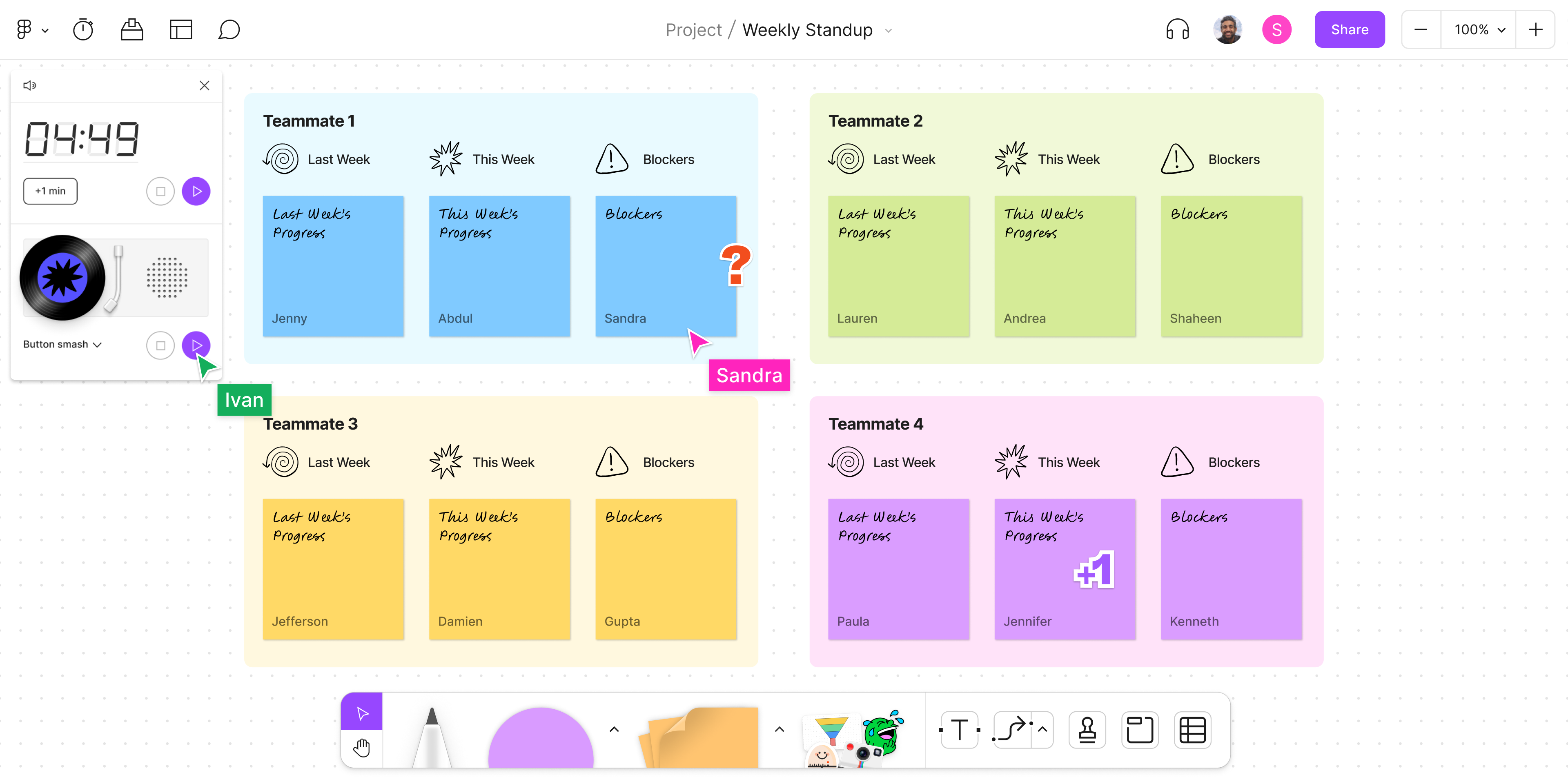
Start running your daily stand-ups in FigJam
Learn how teams across the world are running daily syncs using our free FigJam template
What stand-up meetings cover
Daily team status reports guarantee every team member is on the same page about where the project is and where it’s going. So in stand-ups, agile team leaders typically cover three questions:
- What have you completed since yesterday?
- What do you plan to complete by tomorrow?
- Are there any blockers in your way?
How to manage remote and hybrid stand-ups
The expansion of remote work has led to a new format for the daily stand-up: asynchronous meetings. By using a collaborative virtual whiteboard, remote team members can input answers to daily questions in a shared digital space. The entire team can then review the responses on their own time (and time zone) or during virtual meetings.
3 steps to effective daily stand-ups
Running a 15-minute daily scrum meeting sounds straightforward, but these three steps help ensure every stand-up is valuable for everyone involved.
Step 1: Schedule a recurring meeting.
Using your company’s calendar app, create a recurring 15-30 minute event and invite all the stakeholders that should be involved. If you’re working from different time zones, consider sending out a poll to find the best time.
Stand-up scheduling tips
Once you have a set time for your daily scrum, keep it there. According to Forbes, consistency is one of 11 key components to consider when running a meeting. If attendance is required, make that clear to participants. Stand-up team leaders can also set automated reminders to ensure everyone shows up.
Step 2: Prep in advance.
Everyone should come prepared. According to Inc. magazine, “Effective meetings are effective because they get right to the heart of the matter.” So if you’re in charge of the team, review the current project status and revisit notes from past stand-ups.
If you’re not the team leader, consider how you’ll answer the daily scrum questions. That way, you can pay more attention to others during the meeting, and consider how you might support your team.
Step 3: Keep stand-ups casual and engaging.
If all team members are joining in person, meeting in an open area (instead of a boardroom) can keep things quick and casual. However, if you have even a few remote team members, consider having everyone meet via video conference so that each team member can participate equally. If you use a video conferencing platform, be sure that all participants get used to engaging virtually, suggests The Washington Post. That way, everyone feels seen, heard and valued.
Pros and cons of daily stand-ups
Still not sure a daily huddle is worth your team's time? Consider these benefits and downsides.
Benefits of daily stand-ups
- Holding team members accountable. When team members say they’re going to do something at a daily standup, everyone bears witness—including their managers.
- Creating a transparent workplace. When each team member provides a snapshot of what they’re working on, there’s no question about who’s got a full load—and who doesn’t.
- Checking in with remote workers. Isolation and loneliness are common for professionals working remotely. Daily huddles build stronger teams across remote, hybrid, and in-office environments.
Drawbacks of daily stand-ups
- Wasting time during a crunch. If everyone has their heads down to finish a project, non-essential daily meetings can be obstacles to team progress.
- Breaking concentration. Daily stand-ups could pull people out of a productive flow state. It can take nearly 30 minutes to return to work after being distracted.
- Veering too far from the goal. Without an agenda, daily scrums can stretch on and on. Between socializing and unrelated questions, those 15 minutes can easily stretch into 30. Figma's to-do list template can keep your meeting on track.
Switch up your daily stand-up format
Daily huddles should follow a structure, but they don’t have to feel routine. Depending on your project or department, you might change the questions you ask or the visual aids you use. Try alternating these approaches:
- Random rundown. This stand-up style keeps everyone on their toes. Instead of going around in a circle to answer questions (which might lead to thinking about what to say instead of listening to what’s being said), pick one member to answer each question. That person then chooses the next person, and the chain continues until everyone has their turn.
- Walking the board. In this format, the team gathers around a physical or virtual Kanban board. The board tracks daily stand-up status reports on items that are ready to release, in progress, and in the sprint backlog. Starting with the items closest to launch, the team reviews each one and removes it from the board when complete. The meeting ends with assigning action items from the backlog.
Meeting time-savers
Try an online whiteboard to make virtual and hybrid stand-ups easy to organize. A daily stand-up template allows you to dive right into the process and make daily updates, so you can keep track of everyone’s work. If you have a lot to discuss, templates can help you track goals effectively.
5 tips for better daily stand-ups
Daily huddles can be indispensable for team progress and morale with these FigJam tips for effective meetings:
- Come with an agenda. Prepare a list of topics to cover and a rough time frame for tackling each one.
- Set a timer. A countdown clock can keep you from running overtime. Assign each member their own timer if needed.
- Keep it consistent. Every stand-up should be at the same time, with the same people, in the same format.
- Take notes. Nominate someone to take notes with a virtual whiteboard, so that you can keep all your notes in one place.
- Don’t be afraid to cancel. When you don’t need a stand-up, it's a waste of time. Canceling gives everyone the gift of time back.
Run standout stand-ups with FigJam
Most teams appreciate a regular status check—especially when you take steps to ensure your stand-ups are valuable.
Whether you’re holding your first stand-up or refining your current process, Figma’s collaborative design tools make every huddle count. Here you'll find online whiteboards, ready-made templates, and dozens of other tools to turn your daily stand-up into a team-building highlight.
Keep reading
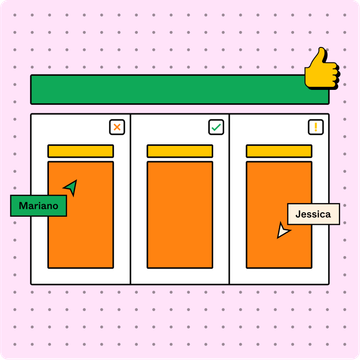
Running a sprint retrospective
A well-run sprint retrospective tweaks workflows and strengthens teamwork, helping everyone deliver portfolio-worthy design on time.
Learn more
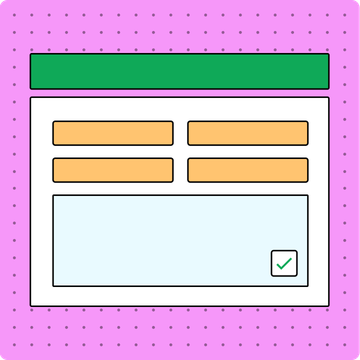
How to create a project status report
Whether you’re developing a new product or launching a marketing campaign, your company’s success hinges on keeping your project on track
Learn more
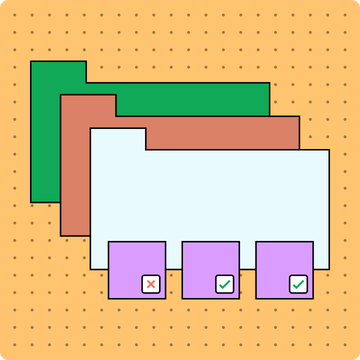
Goal tracking tips & tricks
Get expert tips for setting, tracking, and measuring goals in a way that boosts productivity and results.
Learn more

